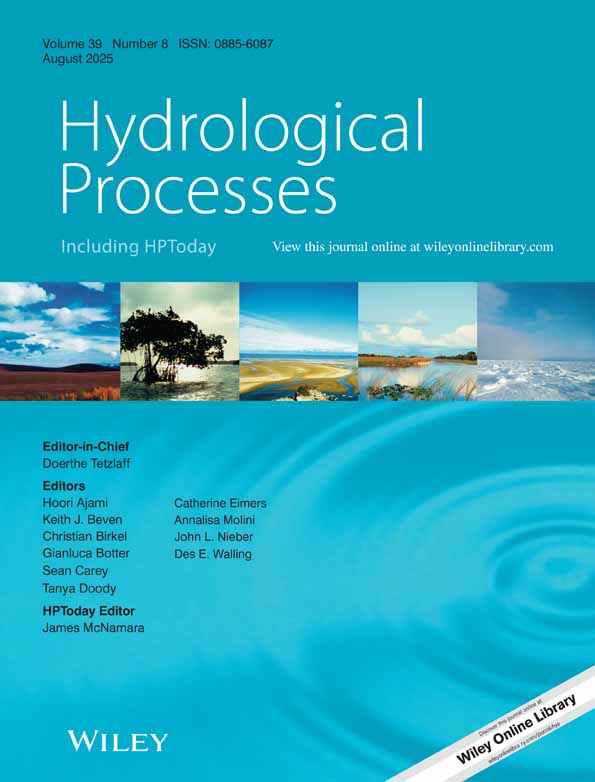Water resources assessment in a poorly gauged mountainous catchment using a geographical information system and remote sensing
Abstract
Water resources assessment, which is an essential task in making development plans managing water resources, is considerably difficult to do in a data-poor region. In this study, we attempted to conduct a quantitative water resources assessment in a poorly gauged mountainous catchment, i.e. the River Indrawati catchment (1233 km2) in Nepal. This catchment is facing problems such as dry-season water scarcity and water use conflicts. However, the region lacks the basic data that this study needs. The data needed are supplemented from field surveys and global data (e.g. GTOPO30 DEM data, LandsatTM data and MODIS NDVI data). The global data have significantly helped us to draw out the information needed for a number of water-use scenarios. These data helped us determine that the available water quantity is enough at present to address the dry-season problems. The situation is not much worse for the immediate future; however, the threat of drought is noticed in a future scenario in which resources are consumed extensively. The study uses a geographical information system and remotely sensed data analysis tools extensively. Utilization of modern tools and global data is found effective for investigating practical problems and for detecting important features of water resources, even though the catchment is poorly gauged. Copyright © 2004 John Wiley & Sons, Ltd.




